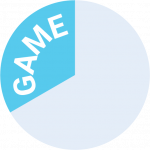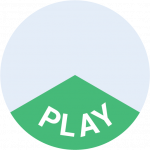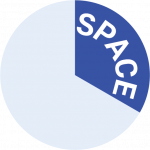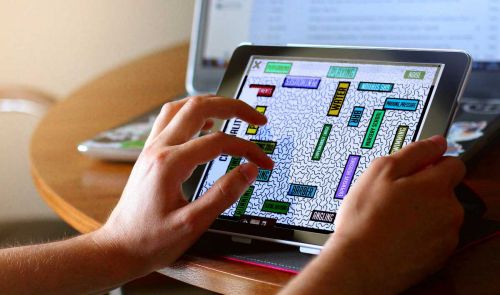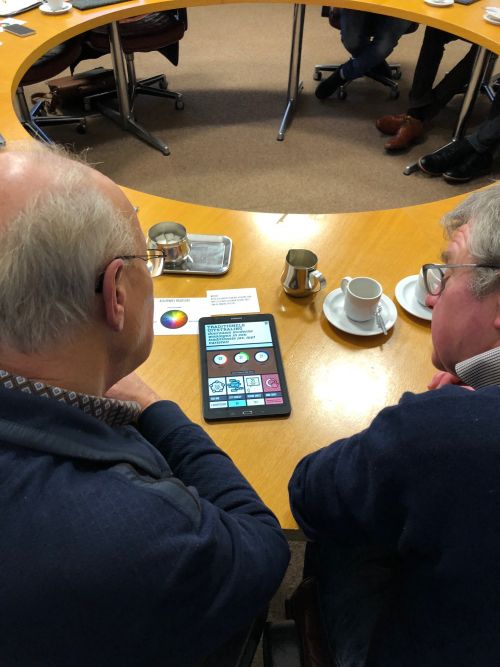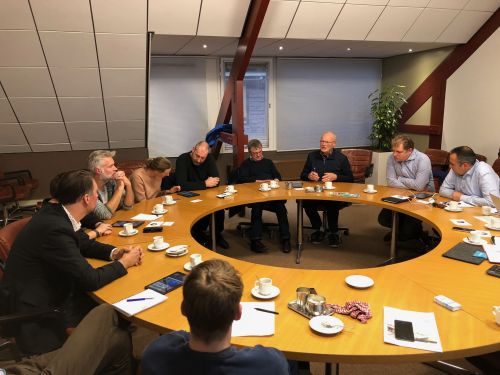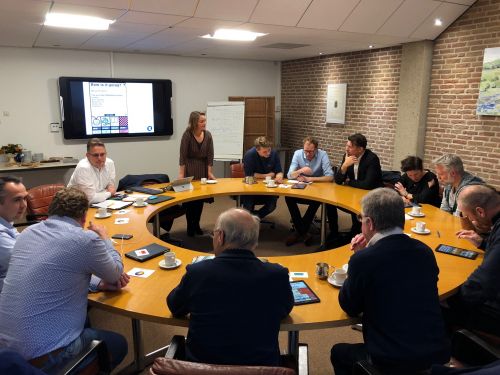Author: |
REzone |
Tilburg, Netherlands, 2016 | |
| http://rezone.eu | |
Redesire is a digital interactive multiplayer game developed with the intention to help various urban stakeholders understand and engage with each other's desires, wishes and expectations in fictional or actual area (re)development processes. During the game, players sit around a table and use individual tablet computers in a series of turns in order to tease out and evaluate different ideas for the redevelopment of an urban site. Players are scored based on their performance both individually and as members of a stakeholder group. Their desires are evaluated and scored by other stakeholders. The main idea of the game is based on playing with words and concepts. Prior to the game, a list of keywords (desires and issues) is compiled by stakeholders. After that, during a series of opening rounds, each player alternates by choosing a single concept from the keywords. Players assess their
concepts based on three criteria: beauty, usefulness, and feasibility. Other players assess this concept, too. After each round, players check whether the score of the concept ‘owners’ matches the scores given by other players. During their round, the players have the opportunity to change other players' opinions by writing compelling haiku and via discussion. The closer you get to the assessments of the other players, the higher your personal score. The moderator who supervises the game, can start the conversation around the concept after each round. The game is played at the table with individual players or groups (parties) who each play a stakeholder role. At the end of the game, besides players' individual scores, a map of desires has been developed which shows players' evaluation of different concepts. In addition, there is an analysis of the game behaviour of each player. The game was implemented in several projects in locations such as Nietap (2017) and Hedikhuizen (2018) in the Netherlands and was presented and tested during events like Dutch Design Week (2017) and the Games for Cities conference (2017). Redesire stimulates a ‘challenge’ aesthetics and its concomitant emotional responses. Features that make playing fun involve playing against an opponent under time pressure. Fun also exists in attempting to outsmart others, by for instance making clever haiku. Even fiddling with the RGB knobs while players predict colour code matches offers a ‘sensation’ aesthetics. As a cultural artifact that serves external actions, Redesire inverses the usual sequence of actions in planning processes. It allows policy makers, developers or interest groups to deal with people's desires and opinions in an earlier stage instead of at the end. Redesire in a sense can be seen as a stage rehearsal to play out potential drama between stakeholders in the embryonic stage, thus making the actual implementation process run more smoothly. While every party at the playing table trains their civic skills, the in-game actions of all stakeholders are being leveraged for the external actions of only a few stakeholders. In the end, the game is instrumental for developers and municipalities in the process of actual urban redevelopment.
- Purpose Activation
- Purpose Collaborating
- Purpose Educate
- Purpose Simulate impact of decisions
- Purpose Designing
- Co-Creation Co-analysis
- Co-Creation Co-design
- Co-Creation Co-implementation
- Co-Creation Co-maintenance
- Co-Creation Co-monitoring
- Outcome Decision making
- Outcome Knowledge
- Outcome Assesment
- Outcome Design
- Outcome Inclusion
- Outcome Awareness
- Outcome Partnership
- Mechanics Alternative reality
- Mechanics Role play
- Mechanics Rule based play
- Mechanics Location based
- Mechanics Simulations
- Mechanics Mapping
- Mechanics Geolocation
- Mechanics Hypothesis
- Mechanics Metagame
- Technology Tools Analoge Tangibles
- Technology Tools AR VR
- Technology Tools Audio Visual
- Technology Tools Data AI
- Technology Tools Data Collection Visualization
- Technology Tools Digital Interface
- Technology Tools Mobile
- Aesthetics Sensation
- Aesthetics Imagination
- Aesthetics Assemblage
- Aesthetics Physical activity construction
- Aesthetics Realism
- Scale Metropolitan
- Scale City
- Scale District
- Scale Neighbourhood
- Scale Street
- Scale Undefined
- Audience Community
- Audience Planning expert
- Audience Stakeholders
- Audience Policy Makers
- Scope Individual
- Scope Small group
- Scope Large group
- Scope Crowd
- Scope Pre-defined
